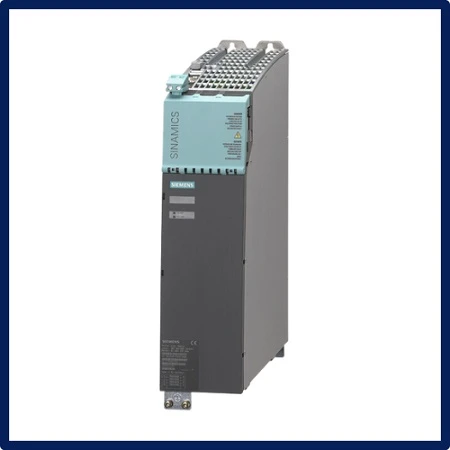Industrial facilities rely on precision, consistency, and power to stay productive. At the heart of many of these operations is the variable frequency drive (VFD), a technology that controls motor speed, saves energy, and improves system performance. For manufacturers and production plants, a VFD is not just a piece of equipment—it’s the pulse of automation.
When this essential equipment begins to fail, operations can grind to a halt. That’s why understanding the maintenance and repair lifecycle of these drives is critical. A delay in diagnosing or fixing a drive system can lead to costly downtime, compromised product quality, or equipment damage.

Understanding the Role of VFDs
Variable frequency drives manage the speed and torque of electric motors, which in turn control pumps, conveyors, fans, and compressors. These components are vital across industries—automotive, food processing, chemical, water treatment, and many more. By regulating motor functions, VFDs help reduce power consumption, extend motor life, and improve overall operational efficiency.
Not all VFDs are created equal, though. High-performance drives often come equipped with advanced monitoring capabilities, built-in diagnostics, and enhanced protection mechanisms. Their complex design allows facilities to optimize productivity, but also makes proper repair and supply crucial when a failure occurs
Common Signs of Drive Failure
Early warning signs often go unnoticed until the drive completely shuts down. These can include unexpected motor speed variations, overheating, frequent tripping, or strange noises from the motor. Without timely inspection, these symptoms can escalate, leading to serious failures or damage to connected systems.
In harsh environments—where dust, moisture, or high temperatures are constant threats—VFDs are especially prone to component fatigue. This is why having access to expert diagnostics and quick turnaround service for drives becomes a strategic asset in the long-term performance of any operation.
Why Expert Repair Services Matter
Repairing a high-performance drive system isn't the same as swapping out a standard motor component. These drives have internal circuits, sensitive sensors, and unique software parameters that require advanced knowledge and calibrated testing systems. The repair process typically includes full teardown, thermal imaging, part-level diagnostics, reassembly, and final load testing.
This is where specialized services for SCHNEIDER ELECTRIC ALTIVAR PROCESS TYPE 1 REPAIR & SUPPLY become essential. Only trained technicians can effectively troubleshoot and restore such a sophisticated unit. By working with experienced professionals, facilities ensure that drives return to service meeting the original performance specifications—or even exceeding them after upgrade integration.
Additionally, sourcing genuine parts and ensuring compliance with current industrial standards is critical. Substituting components or skipping certain calibration steps can void warranties or compromise long-term performance.
Planning for Continuity: The Supply Factor
Beyond repair, the ability to quickly supply a replacement unit or compatible model can make the difference between a minor hiccup and a major shutdown. Having access to inventory that includes hard-to-find, legacy, or discontinued models provides peace of mind for plant managers. It also allows them to plan maintenance schedules more effectively, avoiding emergency breakdowns.
Providers specializing in SCHNEIDER ELECTRIC ALTIVAR PROCESS TYPE 1 REPAIR & SUPPLY often maintain a ready stock of both refurbished and new units. This means businesses can choose the best solution based on budget, urgency, and performance requirements. Whether it's replacing a failed drive with a factory-equivalent unit or repairing a damaged board, time is of the essence.
Reliable supply also supports large-scale operations managing multiple facilities or diverse drive configurations. Bulk repair agreements or supply contracts can further streamline the replacement process and reduce procurement cycles.
The Bottom Line: Protecting Productivity
When an automation system depends on precision electronics, no component is too minor to overlook. Keeping drive systems in peak condition directly contributes to operational reliability, energy savings, and reduced wear on connected equipment. A failure in just one drive can ripple through the entire production chain.
That’s why strategic partnerships for SCHNEIDER ELECTRIC ALTIVAR PROCESS TYPE 1 REPAIR & SUPPLY help companies stay ahead of unexpected failures. Whether it's routine maintenance, emergency repair, or on-demand supply, the right support keeps the gears turning and the business growing.
As industries become more digitally connected and technologically advanced, investing in proper repair and supply strategies isn't just smart—it's necessary for survival in an increasingly competitive landscape.


